[ad_1]
It has been nearly six months since Hamas fighters from Gaza infiltrated Israel on October 7, killing about 1,200 people and taking hundreds hostage.
In response, Israel pledged to “crush and destroy Hamas” so that it no longer poses a threat, and pledged to return all hostages home.
In the brutal war that followed, at least 33,000 Palestinians were killed, according to the Hamas-run Health Ministry, and large parts of Gaza were destroyed.
Israel says it has killed thousands of Hamas fighters and destroyed much of the vast tunnel network under Gaza, which Hamas used to carry out attacks.
BBC Verify combed public statements and the Israeli military's social media posts, assessing the evidence behind Israel's stated goals.
How many Hamas leaders were killed?
Before October 7, Hamas was believed to have about 30,000 fighters in Gaza, according to reports citing Israeli military commanders.
Many senior Hamas political figures, such as Ismail Haniyeh, widely considered the group's overall leader, live abroad. But much of its military command structure is believed to be located within Gaza.
In a recent statement, the Israeli military said it had killed about 13,000 Hamas fighters since the beginning of the war, although it did not say how it calculated that number.
Israel also publishes the names of individual Hamas leaders it says were killed.
A total of 113 people have been named in this way since October, the vast majority of whom were reported to have been killed in the first three months of the war. In comparison, the Israeli military did not report the killing of any senior Hamas leaders in Gaza this year until March.
On March 26, the Israeli army said it killed Marwan Issa, deputy commander of the military wing of Hamas. He is considered one of the most wanted men in Israel, and will be the most senior leader of the group killed since the war began. The United States said it believed he was killed, but Hamas has not confirmed this.
The Israeli army publishes the names of individuals it says were senior Hamas leaders who were killed, but it cannot be verified whether they belong to Hamas. Among those mentioned in this category is Mustafa Thuraya, who worked as a freelance journalist in South Gaza when his car was bombed in January.
We also found duplicate names in the list, which we deducted from the total.
Outside Gaza Hamas political leader Saleh Al-Arouri was killed in an explosion In the southern suburbs of Beirut in January. Israel is widely considered responsible for this attack.
However, experts we spoke to said that several of the group's prominent leaders in Gaza, including Yahya Sinwar, are believed to be still alive.
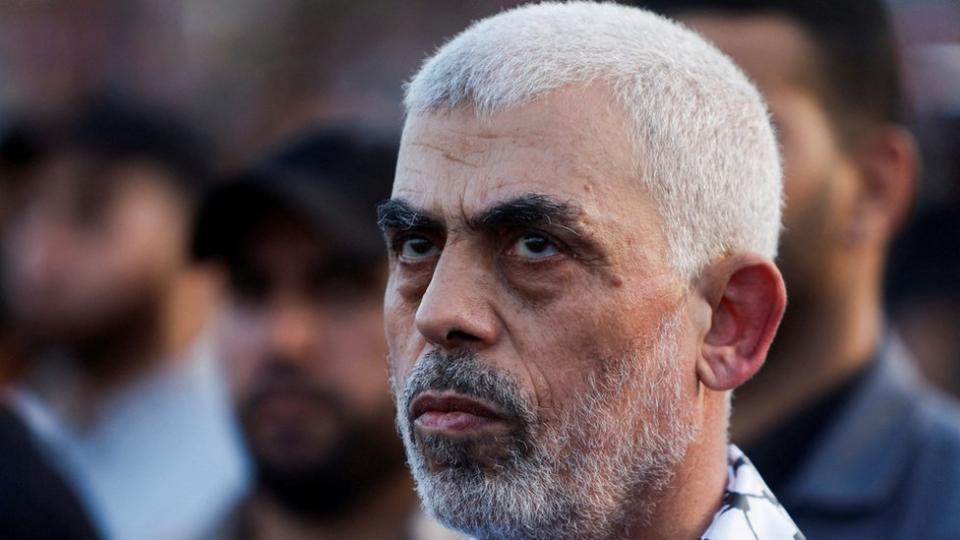

“The IDF has not had access to senior Hamas leadership officers,” says Merav Zonszin, a senior analyst on Israeli-Palestinian affairs at the International Crisis Group.
“Whether on the symbolic level of reaching key leaders, or on the level of replacing Hamas as the owner of the land, this is something she has not been able to achieve,” Ms. Zonszyn says.
How many hostages remain in Gaza?
According to official Israeli figures. 253 people were taken hostage on October 7. who are they:
The youngest confirmed living hostage is 18 years old and the oldest is 85 years old.
Of the remaining 130 hostages, Israel says at least 34 of them have died.
Hamas says the number of hostage deaths is higher as a result of air strikes carried out by the Israeli army. But it is not possible to verify these claims.
The two youngest hostages taken in the Hamas attacks were Ariel and Kfir, who were 4 years and 9 months old, respectively, at the time of their kidnapping. Their deaths have been reported, but not confirmed.
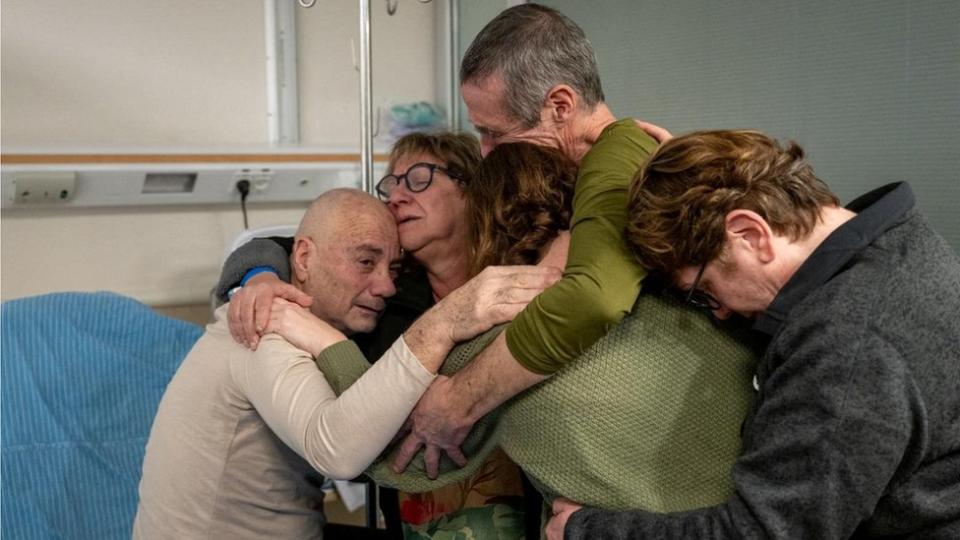

What is the size of the Hamas tunnel network that was destroyed?
As part of its pledge to eliminate Hamas, Israel has promised to destroy the movement's vast network of tunnels under Gaza, which it uses to transport goods and people.
“Think of the Gaza Strip as a layer for civilians and then another layer for Hamas,” IDF spokesman Jonathan Conricus said in October. “We are trying to get to the second layer that Hamas built.”
Hamas had previously said that its tunnel network extends 500 kilometers (311 miles), although there is no way to independently verify this.
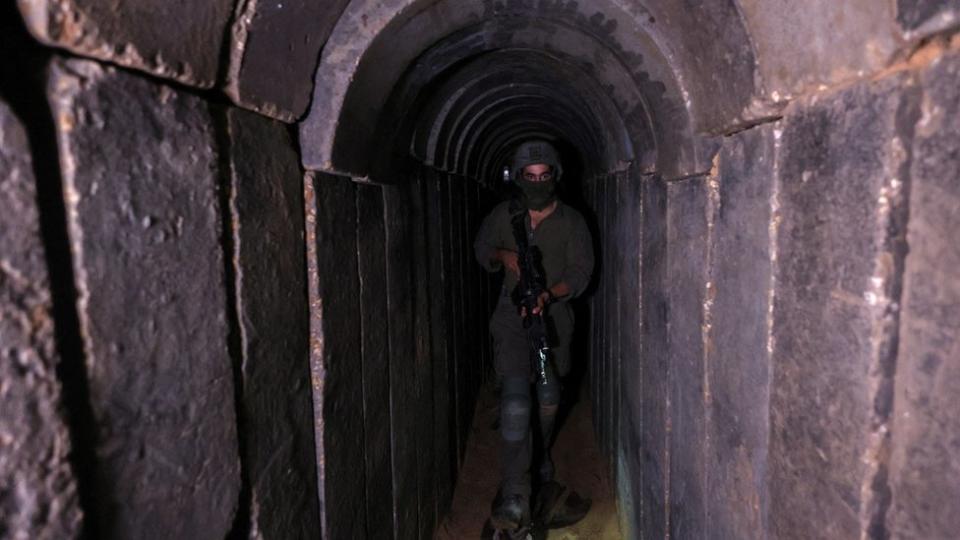

We asked the Israeli army about the number of tunnels it destroyed and the percentage of the total tunnel network. In its response, it said that its forces “destroyed a large part of the terrorist infrastructure in Gaza.”
The IDF has at times shown evidence of Hamas tunnels it has discovered. For example, in November, the Israeli military released a video of part of a network of tunnels beneath Shifa Hospital in Gaza City, which it said was being used as a command center.
To try to determine the extent of the comprehensive network uncovered by Israeli forces, BBC Verify reviewed all Israeli military messages on the social media platform Telegram that referred to tunnels in Gaza, between October 7, 2023 and March 26, 2024.
Of these cases, 198 reported tunnel discoveries, where the army said it had found tunnels or tunnel openings. Another 141 messages claim that a tunnel has been destroyed or dismantled.
Most of them did not provide precise details or specific locations, so it is not possible to confirm the extent of the network that the Israeli army uncovered or destroyed.
The maze beneath Gaza consists of several components, including tunnel paths and chambers of varying sizes, as well as the point where the tunnel meets the surface – known as tunnel passageways.
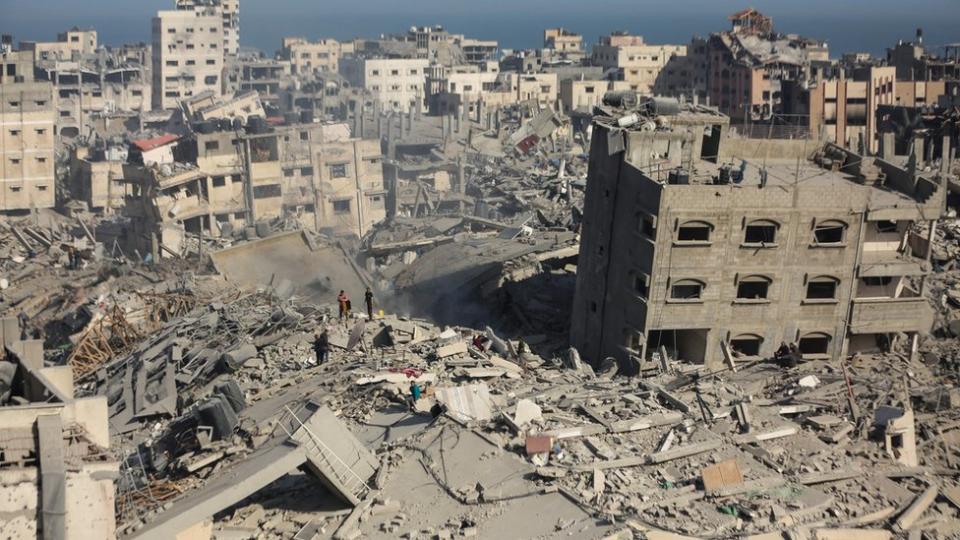

Of the messages we analyzed, 36 indicated that more than 400 tunnel shafts had been struck. However, equating the tunnel to a full tunnel would be misleading, says Dr. Daphne Richmond Barak, an expert on underground warfare who teaches at Reichman University in Israel.
She says simple destruction of the tunnel shafts leaves the network intact. She adds: “I don't think we've seen much complete destruction of tunnels in this war.”
The Israeli attack had a heavy price
Israel's war aims have come at a high cost to the Palestinians in Gaza. More than 33,000 people were killed, according to the Hamas-run Ministry of Health.
The latest demographic breakdown issued by the ministry on April 5 indicates that more than 70% of the dead were women and children.
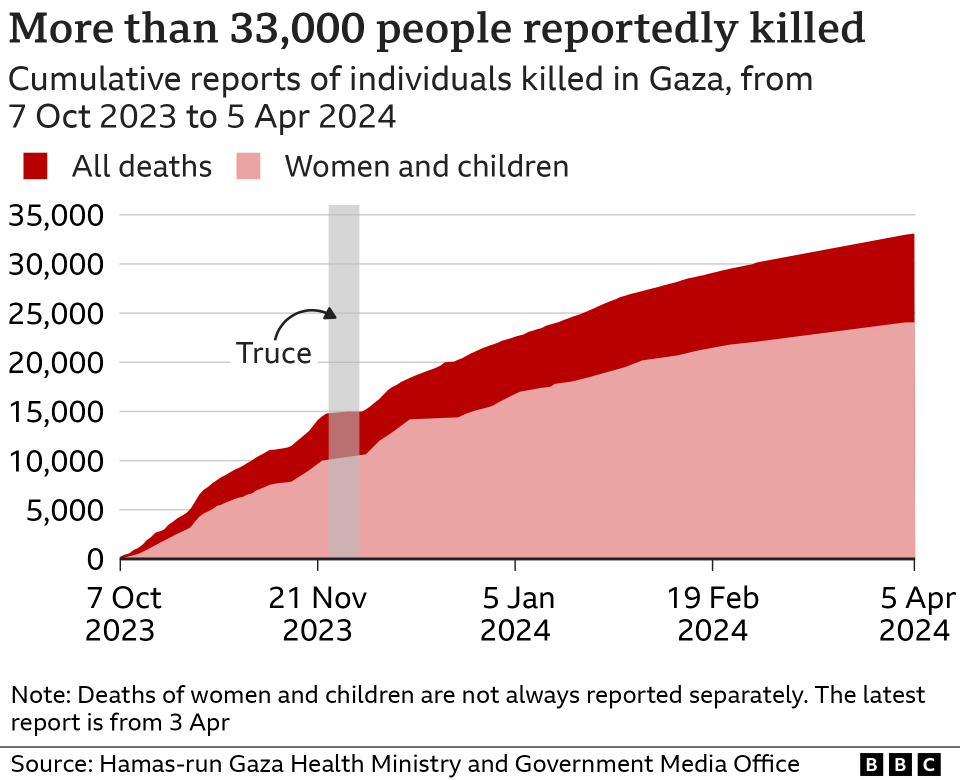

Many others have been displaced and left homeless as Israeli forces attempt to destroy Hamas' infrastructure. United Nations estimates indicate that more than 1.7 million people have been internally displaced.
Residential areas have been destroyed, busy streets have been reduced to rubble, universities have been destroyed, and farmland has been reduced to rubble.
More than 56% of buildings in Gaza have been damaged or destroyed since October 7, according to an analysis of satellite data.
Six months after the start of the war, it is still unclear whether Israel has achieved its goals in the war.
Additional reporting by Rob England, Maryam Ahmed, Jamie Ryan and Emma Pengelly.


What do you want BBC Verify to investigate?
[ad_2]
Source

